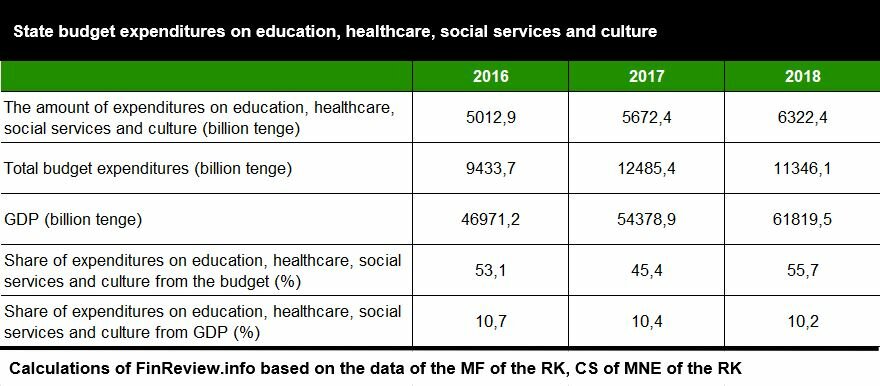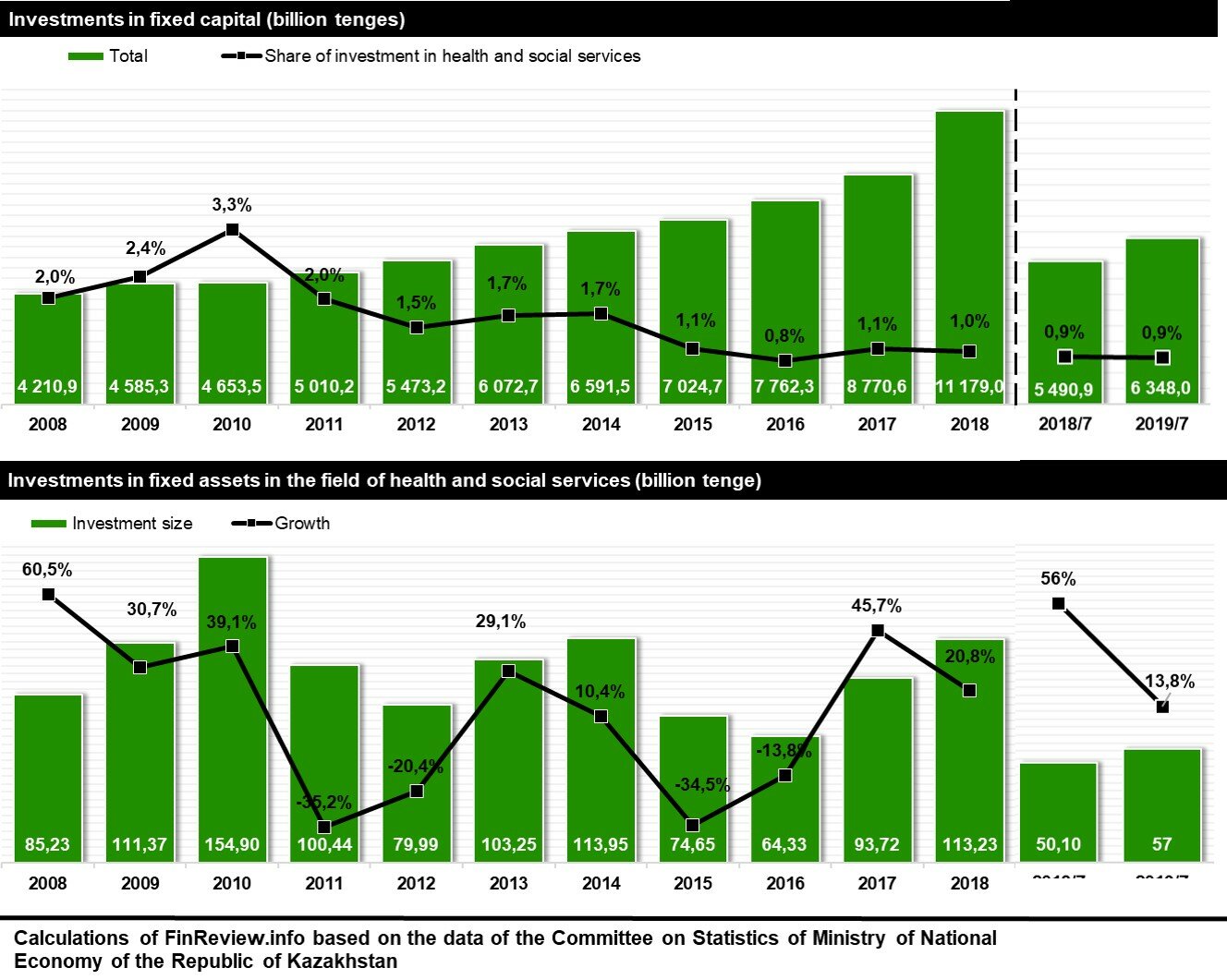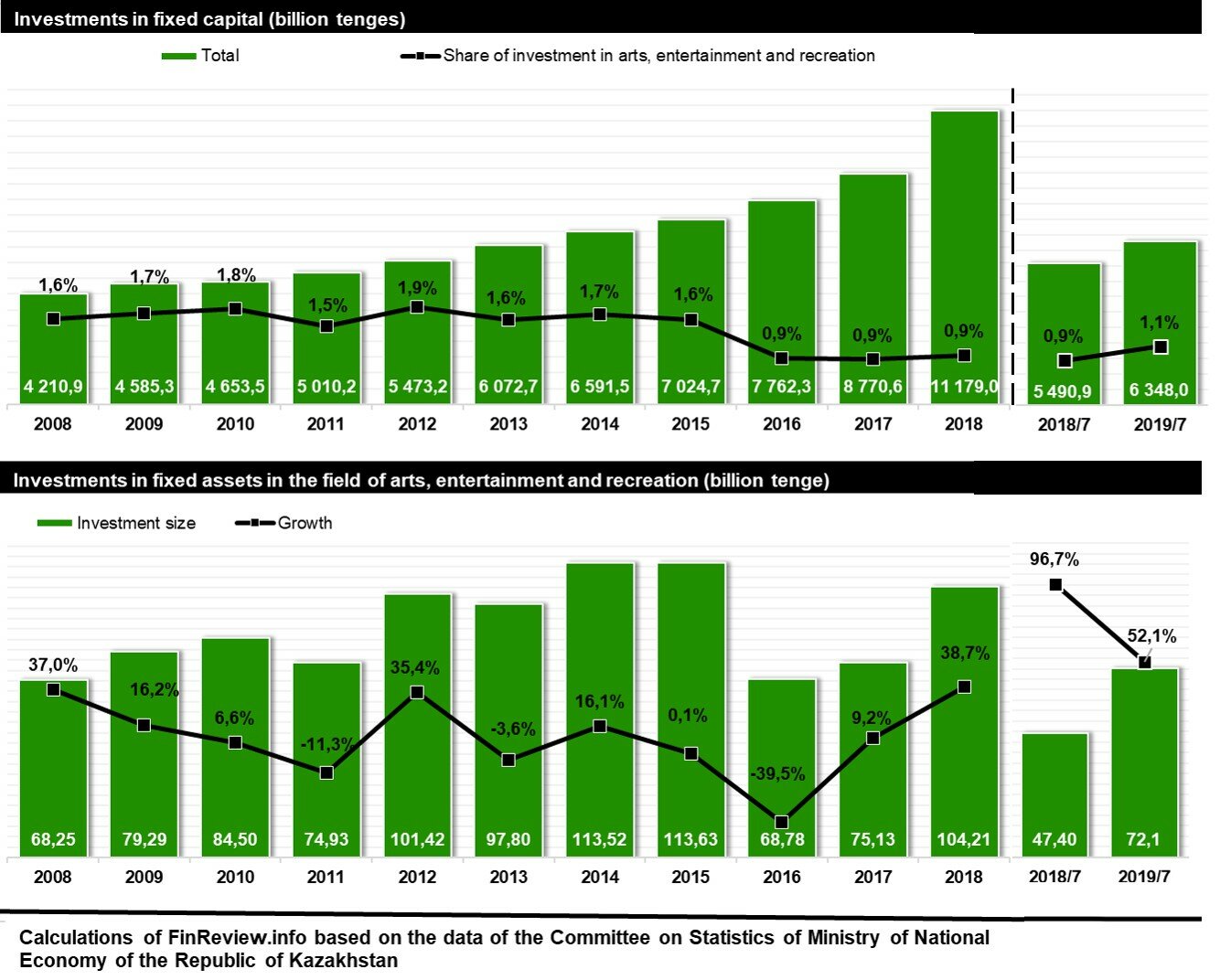Funding for education, healthcare and social assistance is 9.5% of GDP. For comparison, in developed countries this indicator exceeds 3-4 times. On the one hand, this fact reflects a lack of investment flows, and on the other hand, it opens great prospects for accelerating economic growth.
Forecasts on global economic growth are unstable. In 2020, economic growth in emerging and developing countries is expected to accelerate to 4.6% compared with 4% in 2019, but its prospects are threatened by trade and financial turmoil. In this regard, countries face the urgent task of developing human capital, which has a key role in achieving economic growth. Obviously, countries with developed socio-economic and financial resources need an educated, healthy nation that can manage its abilities effectively.
Special attention is paid to the development of human capital in Kazakhstan – according to the report on the execution of the state budget, financing of education, health care, social assistance, welfare and culture in 2018 amounted to 55.7% of the total cost. In relation to GDP, their total share was 9.5%.

Using the potential of human capital in order to achieve an intellectual breakthrough is impossible without the development of the spheres of health and culture. Over the past 10 years, there has been an annual increase in investment in health and social services by an average of 12%. In 2018, the volume of investments amounted to 113.2 billion tenge, and over the past 7 months of 2019 reached 57 billion tenge. The main volume of investments was formed at the expense of the republican budget and own assets of enterprises, whose share was 38.3% and 36.6%, respectively. Local budget funds occupy only a fifth.
In 2018, the state budget expenditures on health amounted to 1.17 trillion tenge, social assistance and provision – 2.75 trillion tenge. In relation to GDP, healthcare costs account for 3.5%. For comparison, in OECD countries this indicator exceeds 2-3 times.
The ongoing transformations of the health sector, from the development of human resources to the introduction of new technologies and the improvement of high-tech medical care, have allowed the industry to pose fundamentally new challenges aimed at creating an affordable and effective healthcare system. The result of this modernization was the achievement by Kazakhstan of 44th position (from 56 countries of the world) in the ranking of the world economies of Bloomberg Agency for Health Care Quality. According to the study, Kazakhstan is higher than Germany, USA, Russia, Belarus, Bulgaria. The main advantage of Kazakhstani medicine over European and Western countries is its accessibility.

Traditionally, the formation of human capital in a number of countries consists only in the development of education and health. The cost of developing a culture, as a rule, is significantly lower. However, investments in culture reduce the level of criminalization of society, increase the creative potential of the human person, form the moral values of a person, which ultimately affects the growth of the economy. In Kazakhstan, the volume of investments in fixed assets in the direction of art, entertainment and leisure in 2018 amounted to 104.2 billion tenge, and for 7 months of 2019 – 72.1 billion tenge. The state budget spent on the development of culture, sports, tourism and the information space reached 449.3 billion tenge, which is only 0.7% of GDP.

In Kazakhstan, according to the results of the first half of the year 2019, the working-age population amounted to 9.2 million people, of which 8.8 million were employed. The regions with the largest number of employed people are the Almaty region (995.2 thousand people), the city of Almaty (935.2 thousand), the Turkestan region (776.7 thousand). In general, the share of the employed population in all regions is 95%, and the unemployment rate in the republic is 4.8%.
